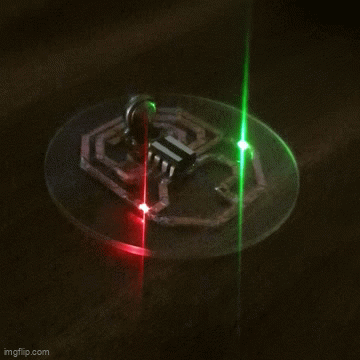[Menadue] had a vintage Compucorp 326 calculator with an aging problem. Specifically, the flex cable that connects the button pad had turned corroded over time. However, thanks to the modern PCB industrial complex, replacing the obscure part was relatively straightforward!
The basic idea was simple enough: measure the original flex cable, and recreate it with the flat-flex PCB options available at many modern PCB houses that cater to small orders and hobbyists. [Menadue] had some headaches, having slightly misjudged the pitch of the individual edge-connector contacts. However, he figured that if lined up just right, it was close enough to still work. With the new flex installed, the calculator sprung into life…only several keys weren’t working. Making a new version with the correct pitch made all the difference, however, and the calculator was restored to full functionality.
It goes to show that as long as your design skills are up to scratch, you can replace damaged flex-cables in old hardware with brand new replacements. There’s a ton of other cool stuff you can do with flex PCBs, too.
Continue reading “Creating A New Keyboard Flex For An Old Calculator”



















